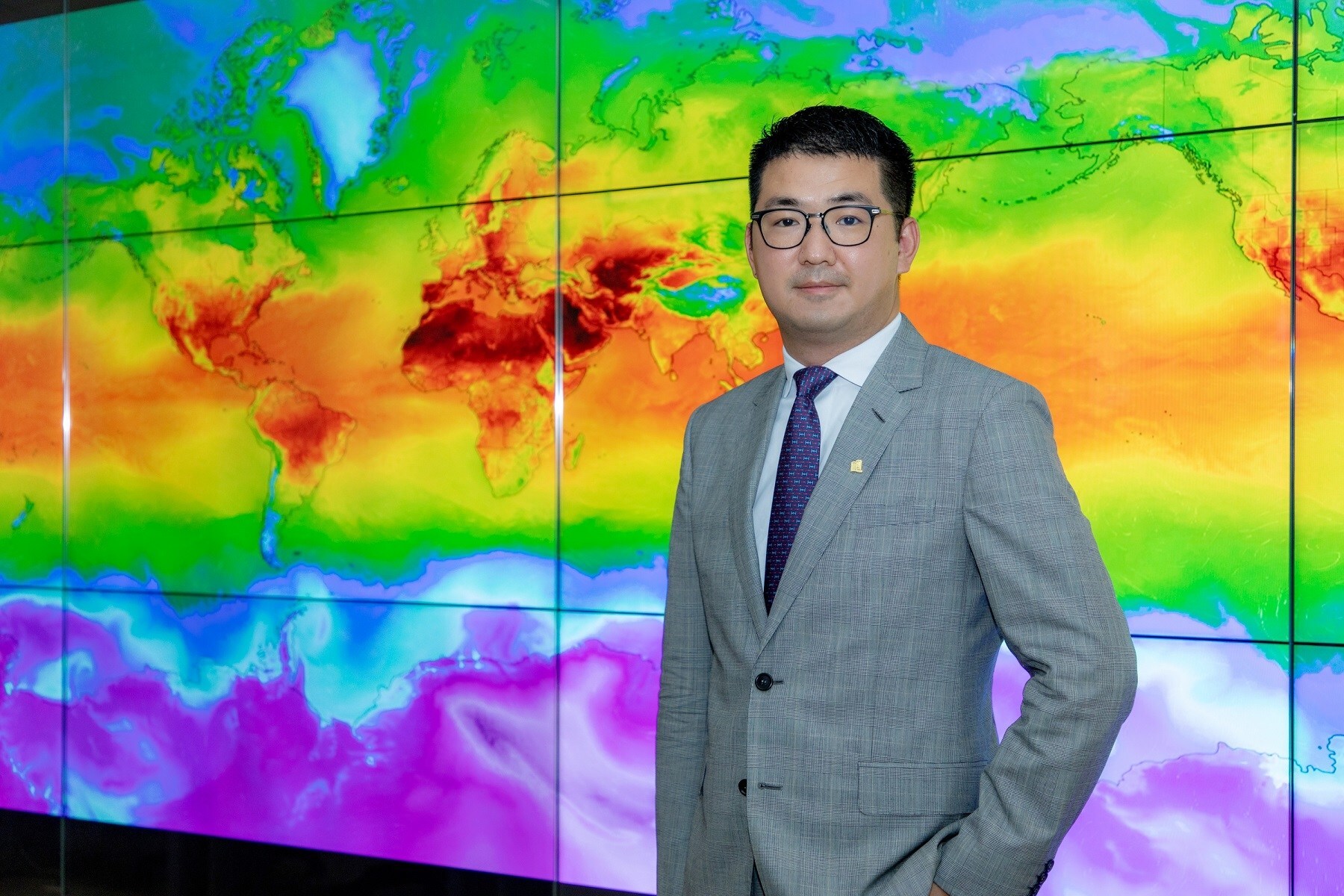
This article is included in these additional categories:
Northern China Faces Increasing Humidity Trends
A research team led by Hong Kong Baptist University (HKBU) has identified a notable trend of increasing humidity in northern China, a phenomenon not mirrored in the southern regions. The study, published in Nature Communications, highlights how this trend will significantly influence the frequency and severity of extreme hot and humid weather events. By the end of the century, this development is expected to cause widespread heat stress across eastern China, the country’s most densely populated region.
The research, spearheaded by Professor Gao Meng from HKBU’s Department of Geography, analyzed wet-bulb temperatures—a measure combining temperature and humidity—from 1979 to 2018. Findings indicate a more rapid increase in wet-bulb temperatures in the north compared to the south, suggesting a narrowing difference in heat stress levels between these regions. These changes underscore the critical need for targeted climate adaptation strategies.
Impact of Humidity on Heat Stress
Humidity plays a crucial role in heat stress, impacting the human body’s ability to regulate temperature through sweating. While southern China has traditionally faced more frequent and severe heat stress due to its humid climate, the new research points to shifting patterns. The study found an increase in the average wet-bulb temperature in northern China by 0.23ºC per decade, significantly outpacing the 0.07ºC per decade rise in the south.
The research team attributed these regional variations to large-scale atmospheric changes driven by global climate change. Enhanced moisture transport from the Pacific Ocean to northern China, coupled with suppressed moisture flow from the South China Sea to the south, are key factors. Additionally, southern China’s urbanization has reduced water evaporation from rural landscapes, further decreasing regional humidity levels.
Future Projections and Implications
Climate model simulations conducted by the HKBU research team project that by the end of the century, wet-bulb temperatures in northern China could rise by 2-3ºC more than in the south. This would result in uniformly elevated heat stress across eastern China, home to 94% of the country’s population. The anticipated increase in heat stress presents significant challenges for public health, infrastructure, and economic stability.
The findings highlight the importance of policymakers, researchers, and stakeholders prioritizing the development and implementation of climate adaptation measures. Taking proactive steps now will help China better prepare for the future and protect its populations from the adverse effects of heat stress.
- SEO Powered Content & PR Distribution. Get Amplified Today.
- PlatoData.Network Vertical Generative Ai. Empower Yourself. Access Here.
- PlatoAiStream. Web3 Intelligence. Knowledge Amplified. Access Here.
- PlatoESG. Carbon, CleanTech, Energy, Environment, Solar, Waste Management. Access Here.
- PlatoHealth. Biotech and Clinical Trials Intelligence. Access Here.
- Source: https://www.environmentenergyleader.com/2024/06/rising-humidity-in-northern-china-poised-to-elevate-heat-stress-risks/
